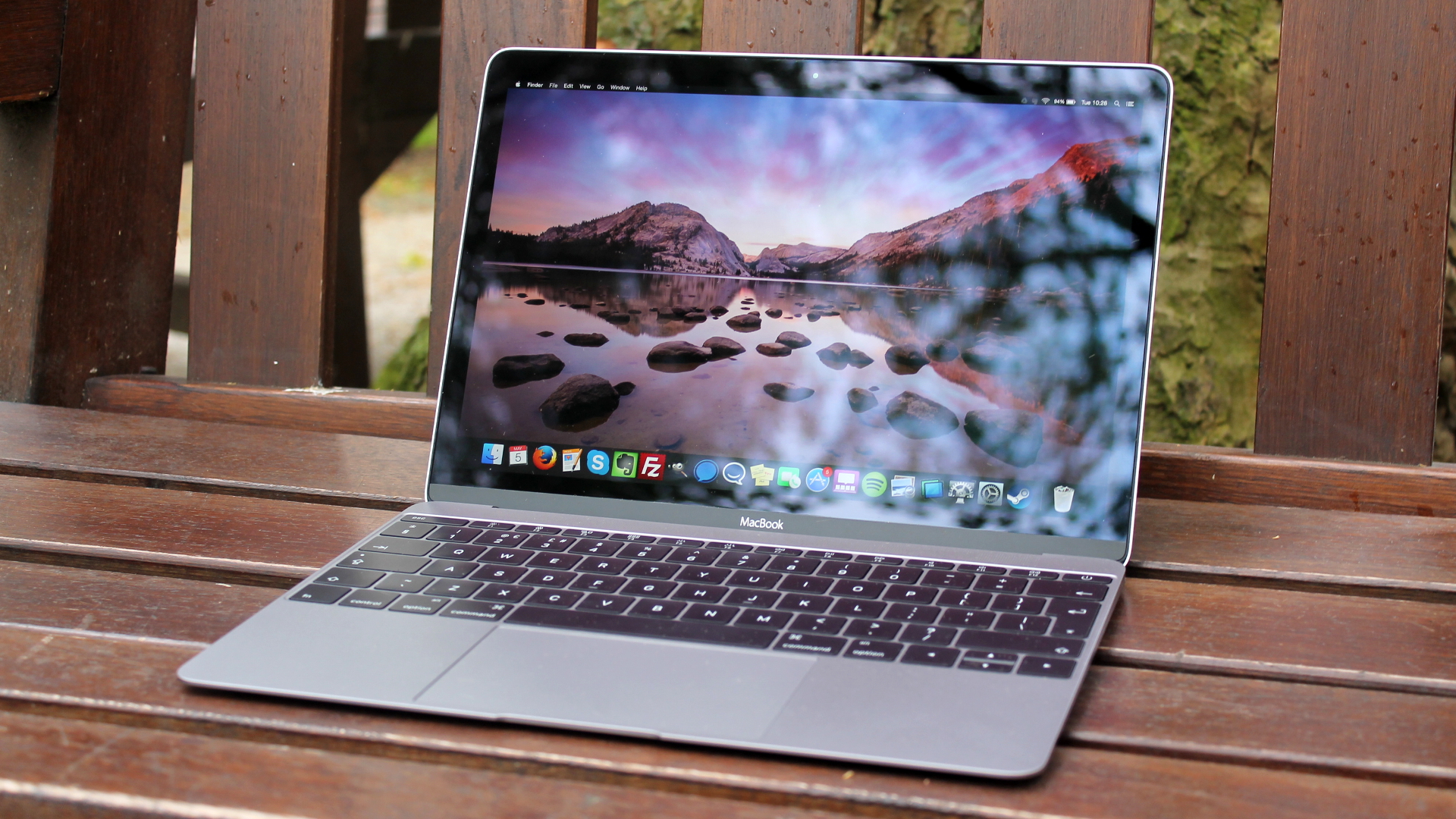
Where the MacBook has made its mark
We all might have scoffed a little at the iPhone 7 between reinventing the color "black" and having the courage to move past the headphone jack. But, for all the flak Apple gets sometimes, it's still one of the most innovative and influential forces in the computing world.
The MacBook alone has shaped and shifted the design of all laptops trying to either copy its success or surpass it in some way. Elsewhere, Apple's move away from optical drives and adoption of USB-C has shifted the evolution of laptops altogether.
From Ultrabooks and high-resolution screens to USB-C, let's cover all the ways Apple has played a part in changing the landscape of computers.
This article is part of TechRadar's Mac Week. This year marks not only the 10th anniversary of Apple's MacBook, but the triumphant return of macOS. So, TechRadar looks to celebrate with a week's worth of original features delving back into the Mac's past, predicting the Mac's future and exploring the Mac as it is today.
- Apple has inspired many of the best laptops – it's true
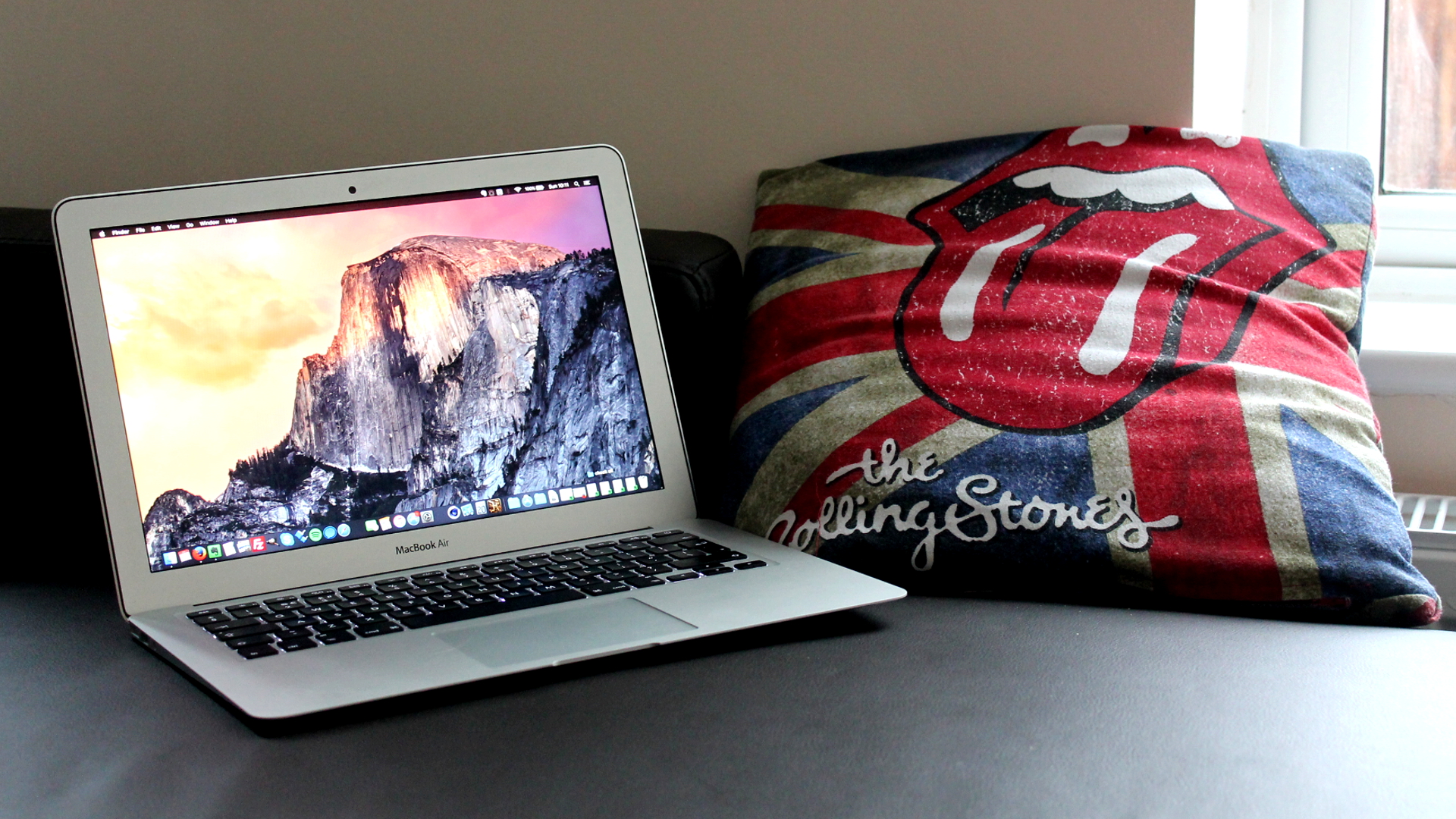
MacBook Air, the original Ultrabook
It's fair to say the MacBook Air is the face that inspired a thousand Ultrabooks. Back in 2008, the MacBook Air debuted as the world's thinnest laptop, with a nearly pencil-thin and all-aluminum chassis to boot.
Within mere months, we saw dozens of copycats and more original designs trying to capture the same magic.
Over the years, the number of MacBook Air competitors has only grown, and today there are more than a few that flat out supersede it as the king of ultra-light laptops. Regardless, Apple definitely was the first to popularize all the razor-thin designs we see today.
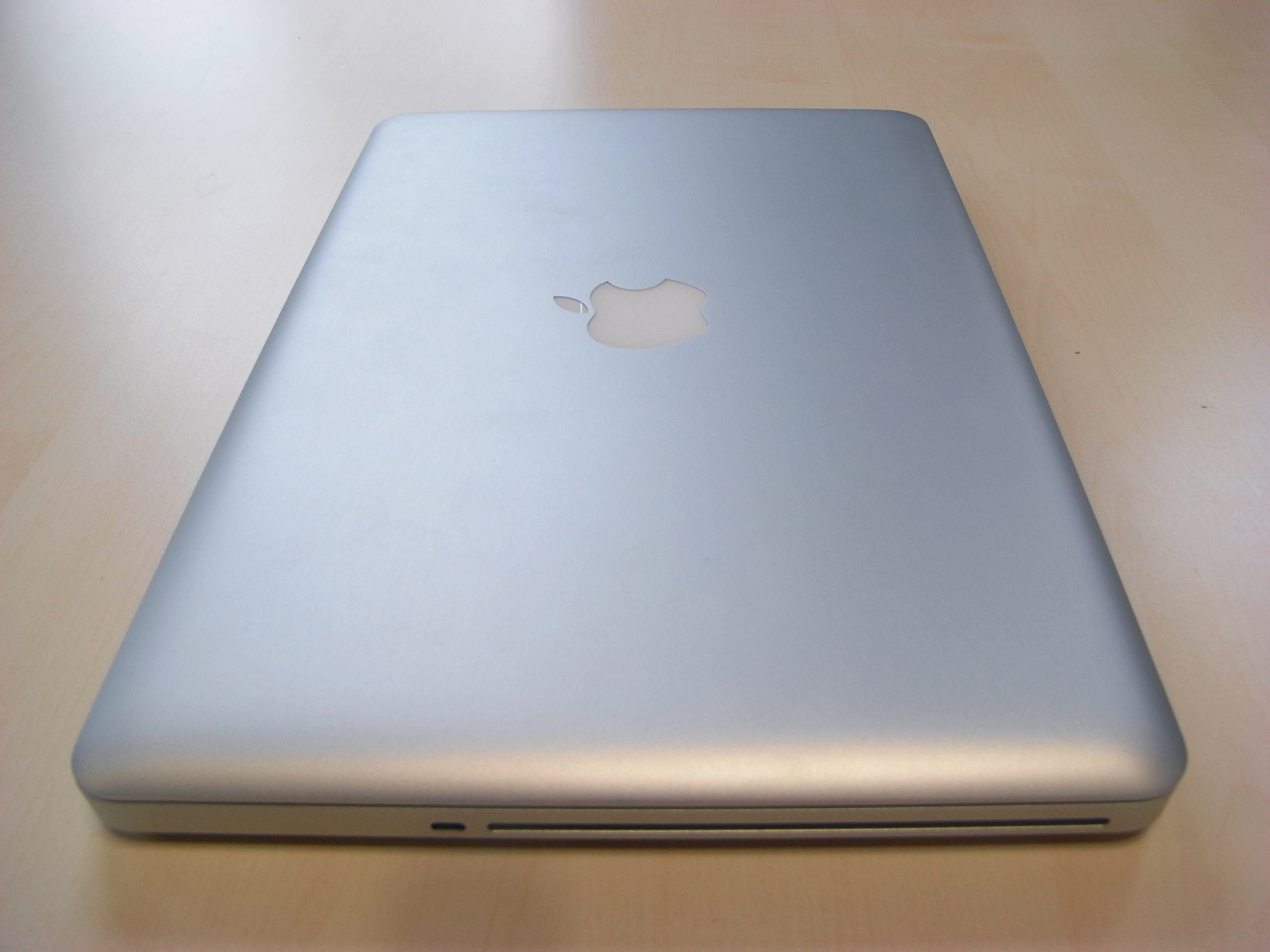
Goodbye, optical drive
The MacBook Air just didn't stir the pot in being the de facto first Ultrabook, it caused another ripple effect on the entire laptop world.
This was one of the first devices to not come with an optical drive, and this idea eventually trickled upward to Apple's higher-end MacBook Pro models in October 2012.
Within a few years, more and more competitors' devices followed suit, and now optical drives on laptops are all but unwanted due to the weight and bulk they add.

Retina pressed the reset button on laptop screens
If you go shopping for a laptop today, you'll primarily find a lot models with 1080p screens, but that wasn't always the case. In the past, the standard screen resolution you would find on a notebook was 1,366 x 768 (i.e. "HD" resolution).
And so, when Apple debuted its October 2012 MacBook Pro lineup with 13-inch, 2,560 x 1,600 and 15-inch, 2,880 x 1,800 Retina Displays, they were game changers.
These ridiculously sharper screens were a signature feature that put Apple well further ahead of the game than its rivals. They spurred the market to introduce higher-resolution displays, like the QHD+ panel you'll find on the Dell XPS 13 or the 4K Lenovo Yoga 910.
Even Microsoft took note when it launched the Surface Pro 3 in 2014 with a 2,160 x 1,440-pixel resolution display.
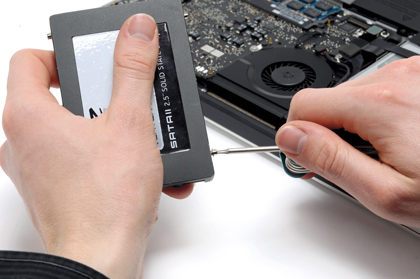
Shrinking and supercharging storage
Solid-state storage has become a standard piece of equipment on most laptops and computers, but that wasn't always the case. In fact, flash-based storage was very rare and expensive, as evidenced by the first 13-inch MacBook Air in 2008, which had an optional 64GB SSD upgrade for $999.
A pricey upgrade to be sure, but the cutting edge tech made for what was one of the first truly fast modern laptops.
Although Dell introduced SSDs with its Latitude D420 and D620 nearly a year before Apple in February 2007, it was the popularity of the MacBook Air that truly brought the speed and space-saving benefits of SSDs to the public eye.
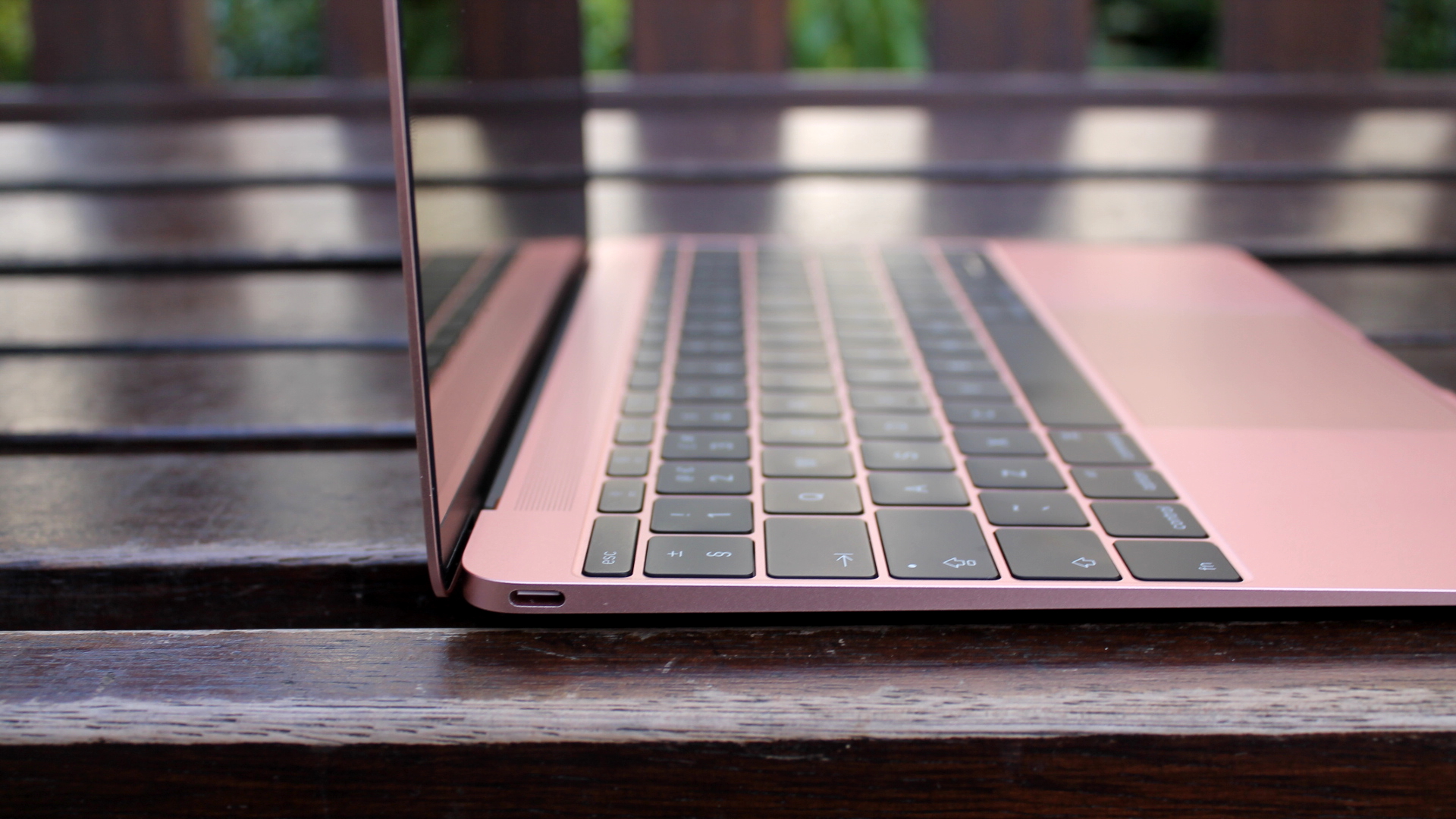
Upending the accessory market with USB-C
USB-C: you either love it for its versatility or hate it for replacing your headphone jack. It's quickly seen adoption over the last year and change, but the very first laptop to come with USB-C was the 12-inch MacBook.
Apple has a had a history of introducing ports that became industry standard, like Thunderbolt, and we're seeing this trend again with USB-C's gradual rise to prominence.
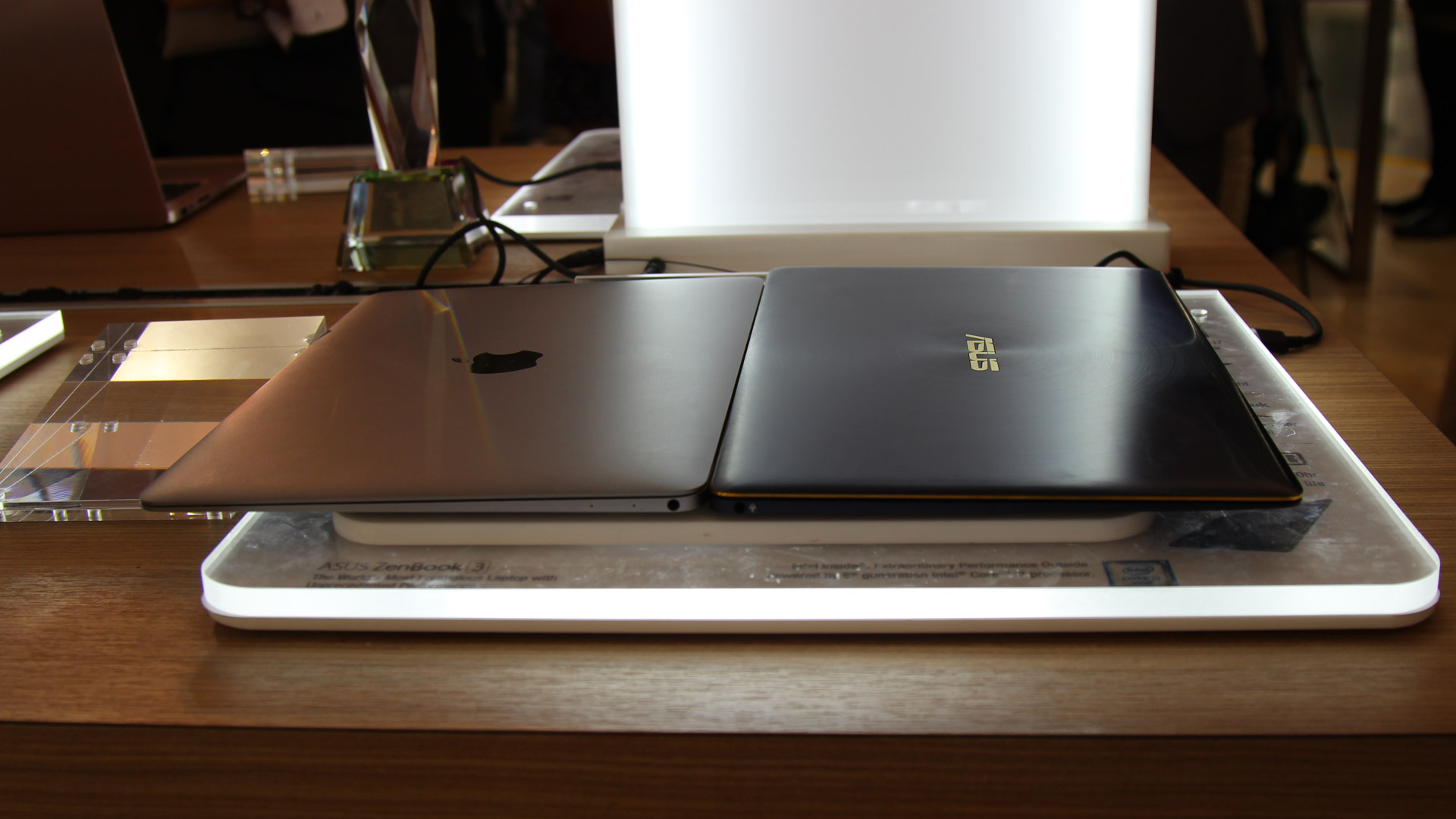
Spurring even thinner and lighter form factors
Just as the MacBook Air brought about the age of Ultrabooks, the new 12-inch MacBook has spawned a new generation of ultra-thin laptops.
We're already seeing manufacturers break thinness records with slimmer devices, like the HP Spectre, Asus ZenBook 3 and Acer Swift 7.
And, with rumor mills churning about the next MacBook Air and MacBook Pro, something tells us that Apple is prepared to respond in kind once again.

Kevin Lee was a former computing reporter at TechRadar. Kevin is now the SEO Updates Editor at IGN based in New York. He handles all of the best of tech buying guides while also dipping his hand in the entertainment and games evergreen content. Kevin has over eight years of experience in the tech and games publications with previous bylines at Polygon, PC World, and more. Outside of work, Kevin is major movie buff of cult and bad films. He also regularly plays flight & space sim and racing games. IRL he's a fan of archery, axe throwing, and board games.